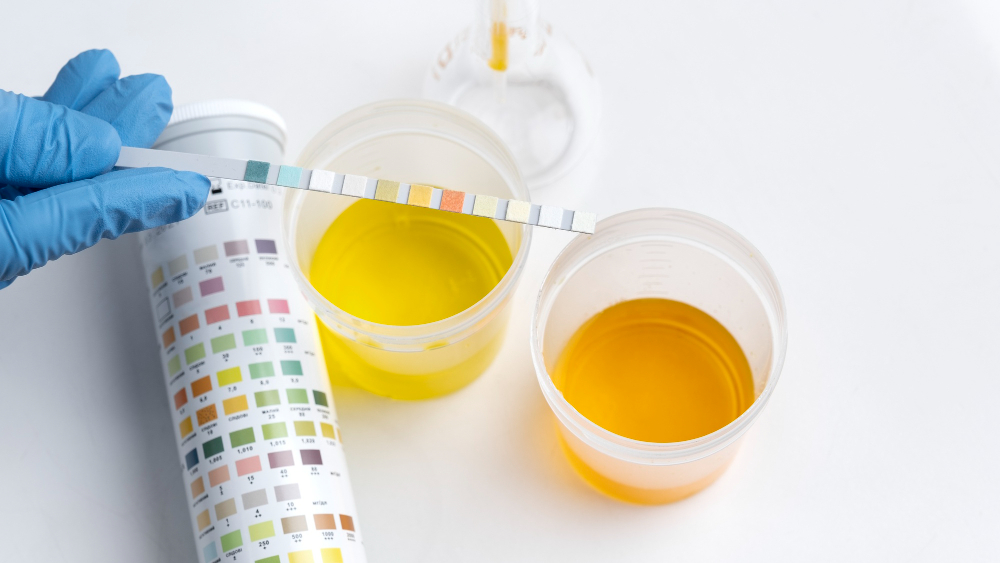
In the realm of water sanitation and pool maintenance, chlorine plays a crucial role in keeping water safe and free from harmful bacteria and contaminants. Chlorine test strips are indispensable tools used to monitor and maintain the appropriate chlorine levels in water bodies, ensuring optimal safety and cleanliness. Let’s dive deeper into the workings of these simple yet essential devices.
The Science Behind Chlorine Test Strips
- Chemical Composition: Chlorine test strips are typically impregnated with chemical reagents that react with chlorine in the water.
- Indicator Dyes: These reagents often contain indicator dyes that change color in the presence of chlorine, providing a visual indication of the chlorine concentration.
How They Work
- Dip-and-Read Method: To use chlorine test strips, simply dip the strip into the water sample for a few seconds, ensuring it is fully submerged.
- Color Comparison: After removing the strip from the water, wait for the designated reaction time, usually a few seconds to a minute, depending on the brand and type of test strip.
- Interpreting Results: Compare the color of the test strip with the color chart provided by the manufacturer. The color change indicates the concentration of chlorine in the water.
Factors Affecting Accuracy
- pH Levels: Extreme pH levels can affect the accuracy of chlorine test strips. It’s essential to ensure that the water’s pH is within the optimal range for accurate readings.
- Temperature: Temperature fluctuations can also impact the reliability of test strip results. Ideally, test water samples at room temperature for the most accurate readings.
Benefits of Chlorine Test Strips
- Convenience: Chlorine test strips offer a quick and convenient way to monitor chlorine levels without the need for complicated equipment.
- Cost-Effectiveness: Compared to other methods of chlorine testing, such as titration kits, test strips are relatively inexpensive and readily available.
- Portability: Test strips are compact and easy to transport, making them ideal for on-the-go testing, especially for pool maintenance professionals.
Tips for Effective Use
- Follow Instructions: Always follow the manufacturer’s instructions carefully when using chlorine test strips to ensure accurate results.
- Regular Testing: Establish a regular testing schedule to monitor chlorine levels consistently, especially in high-traffic water bodies like swimming pools.
- Proper Storage: Store chlorine test strips in a cool, dry place away from direct sunlight and moisture to maintain their effectiveness.
Conclusion
Chlorine test strips are invaluable tools in the maintenance of water quality and safety, whether in swimming pools, spas, or drinking water systems. By providing a simple yet effective means of monitoring chlorine levels, these humble strips play a significant role in safeguarding public health and ensuring enjoyable aquatic experiences for all. Understanding how chlorine test strips work empowers individuals and professionals alike to take proactive measures to maintain clean and safe water environments.
 2018 ·
2018 ·